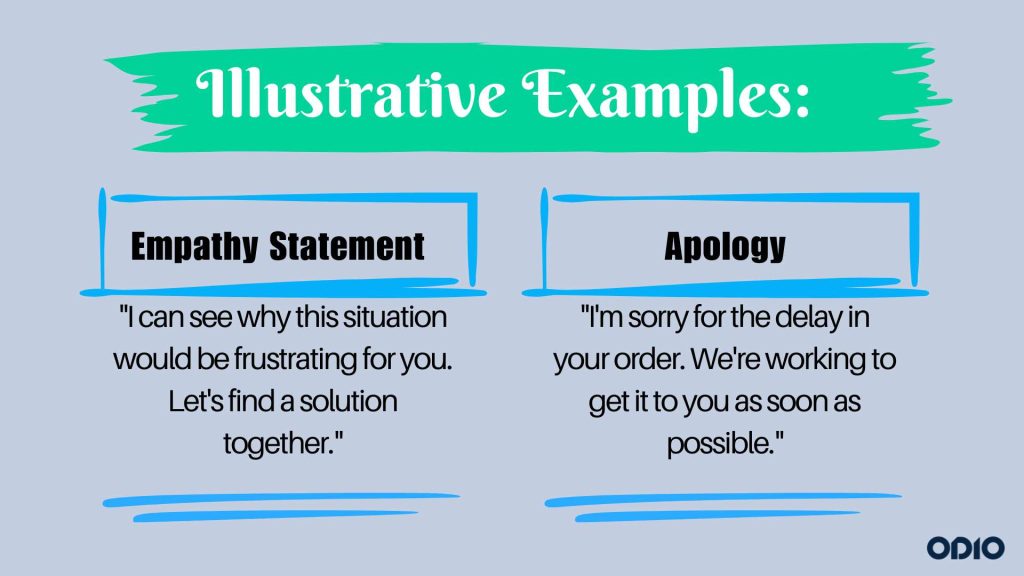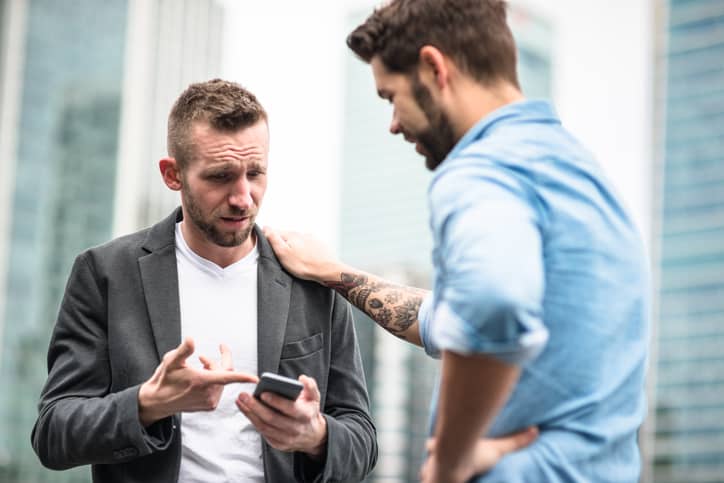How To Empathize Without Saying Sorry

In moments of distress, a reflexive "I'm sorry" often leaps to our lips. Yet, this seemingly compassionate phrase can sometimes undermine genuine connection, shifting focus from the other person's experience to our own feelings of discomfort or guilt. Learning to empathize effectively without relying on this default response is crucial for building stronger, more supportive relationships.
This article delves into the art of expressing empathy without uttering the words "I'm sorry." It explores alternative phrases and actions that demonstrate understanding and support, while avoiding any implication of personal responsibility or minimizing the other person's emotions. The goal is to provide practical strategies for fostering deeper connections in both personal and professional contexts, based on expert advice and psychological research.
The Pitfalls of Oversaying "Sorry"
While sincerity is paramount, the overuse of "I'm sorry" can dilute its meaning and even backfire. According to Dr. Harriet Lerner, a renowned psychologist and author of "Why Won't You Apologize?", frequent apologies can be perceived as insincere or as a way to avoid taking meaningful action to address the underlying issue.
In professional settings, over-apologizing, especially by women, can inadvertently diminish perceived competence. Research from the University of Waterloo suggests that constant apologies can reinforce gender stereotypes and undermine authority.
Alternatives to "I'm Sorry": Expressing Genuine Empathy
The key to empathizing without apologizing lies in focusing entirely on the other person's experience. Instead of expressing regret, validate their feelings and acknowledge their situation.
Consider these alternative phrases: "That sounds incredibly difficult," or "I can only imagine how frustrating that must be." These responses demonstrate that you are listening and understanding their emotional state.
Active listening is crucial. Paying close attention to their words, body language, and tone allows you to respond in a way that resonates with their specific needs.
Validating Feelings: Acknowledging Their Experience
Validation involves recognizing and accepting the other person's emotions without judgment. Statements like "It's understandable that you feel that way," or "Your feelings are completely valid," can be incredibly powerful.
This approach allows them to feel heard and understood, creating a safe space for them to express themselves openly. Avoid phrases that minimize their feelings, such as "It could be worse" or "Try to look on the bright side."
Offering Support: Practical Ways to Help
Empathy extends beyond words; it also involves offering practical support. Ask how you can help, and be specific in your offer.
Instead of a generic "Let me know if you need anything," try "Is there anything specific I can do to help you right now?" Or "Would it be helpful if I [offer a specific action]?"
Sometimes, simply being present and offering a listening ear is the most valuable form of support. Offering to make a meal, run errands, or simply sit with them can make a significant difference.
The Power of Non-Verbal Communication
Non-verbal cues play a crucial role in conveying empathy. Maintaining eye contact, nodding to show you are listening, and using open body language can all enhance your message.
Mirroring their body language can also help establish rapport and demonstrate that you are attuned to their emotional state. Avoid crossing your arms or looking away, as these actions can convey disinterest or judgment.
A gentle touch, such as a hand on the shoulder (if appropriate and welcomed), can also offer comfort and reassurance.
Building Stronger Relationships Through Empathetic Communication
Mastering the art of empathy without relying on "I'm sorry" requires conscious effort and practice. By focusing on validation, active listening, and practical support, you can create deeper, more meaningful connections with others.
This approach is particularly valuable in professional settings, where clear and direct communication is essential. By expressing empathy in a way that avoids implying responsibility or minimizing the other person's experience, you can foster a more supportive and productive work environment.
Moving forward, consider the impact of your words and actions, and strive to respond with genuine understanding and support. Cultivating this skill will not only strengthen your relationships but also enhance your ability to navigate challenging situations with grace and compassion. Remember, true empathy is about understanding, not apologizing.


















